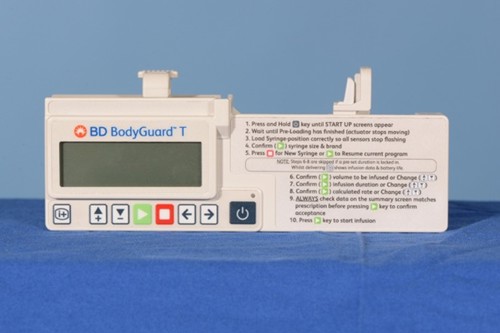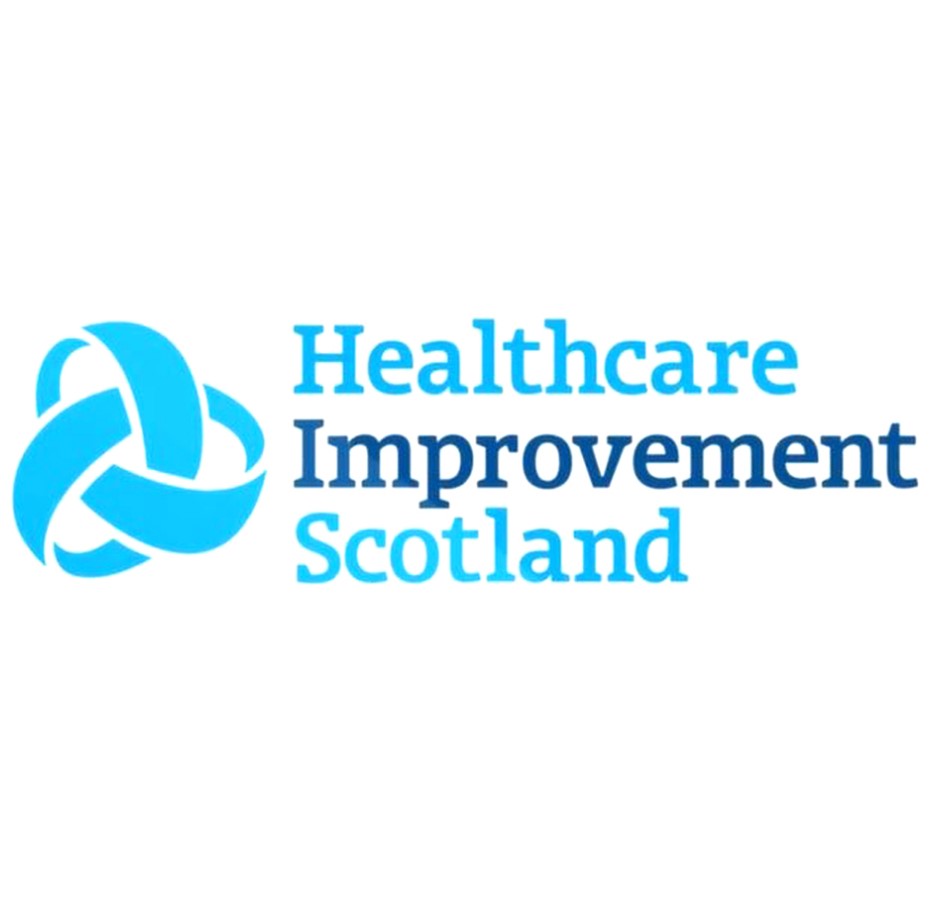The use of a syringe pump can sometimes be associated with end of life care. Before setting up the syringe pump, it is important to discuss the reasons for use with the patient, family and carer. The discussion should include an explanation of how the pump works and how to respond to any incidents which may occur.
An information leaflet is available for patients, families and carers: see the appendices. This should be offered across all care settings.
Most common reasons for use:
Oral route compromised:
- Difficulty swallowing
- General condition deteriorating
Oral route less effective:
- Intractable nausea and vomiting
- Gastro-intestinal malabsorption
- Gastro-intestinal obstruction
Other less common situations may arise, when using a syringe pump could be beneficial, but the decision should be discussed and agreed between the patient, the wider multi-professional team and other colleagues e.g. Specialist Palliative Care, Pharmacy.
Advantages include:
- the delivery of therapeutic medicine levels over a 24-hour period
- may reduce need for regular subcutaneous bolus injections
Disadvantages include:
- access to subcutaneous sites may be limited as a result of long term infusions
- site reactions e.g. redness, bleeding, leakage, inflammation, blanching and infection
- patient may find the pump restrictive e.g. unable to move freely, daily refill required



